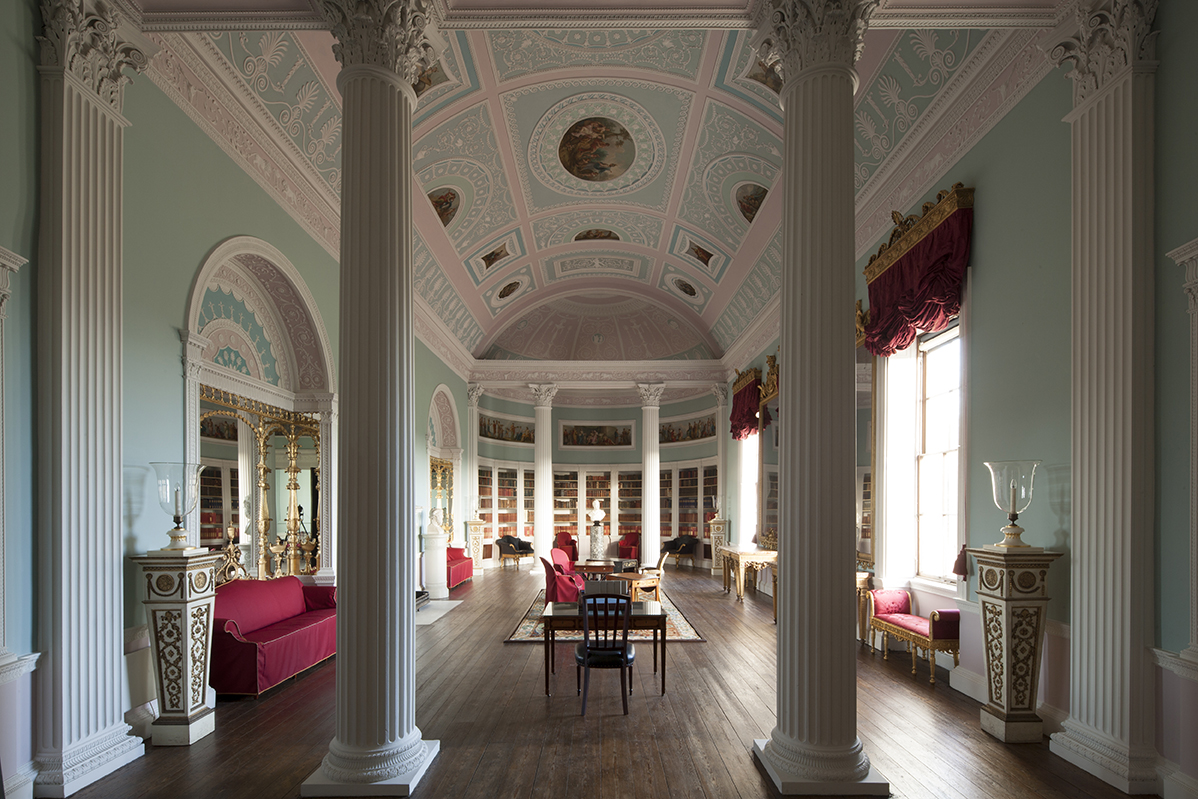An artificial intelligence pilot that is putting 18th century Kenwood House on a technological par with The Shard is being extended.
English Heritage expects the technology to help it reduce by 25% its £15million annual bill for maintaining the 400 or so sites it was left with when Historic England was separated from it in 2015.
The pilot scheme at the energy intensive Kenwood House, once the stately home of William Murray, 1st Earl of Mansfield, on the edge of Hampstead Heath in London, uses telemetry similar to that making its way into factories all over the country to monitor machinery and pre-empt failures.
The government has set a target for the UK to achieve net zero carbon emissions by 2050. According to the UK Green Building Council (UKGBC), the UK’s built environment accounts for around 40% of the country’s total carbon footprint. Making new buildings carbon neutral is a question of design, but 80% of the buildings we will be using in 2050 have probably already been built – and about 20% of them were built before 1919.
Decarbonising existing buildings is a major challenge for reducing the carbon footprint of the built environment. Lessons learnt from the English Heritage experiment could help.
The pilot is the first of its kind to use sensors to monitor and manage historic building services.
Dozens of unobtrusive, battery-operated sensors that do not require wifi were installed inside Kenwood House to monitor environmental changes within the building. Artificial intelligence uses the information gathered to ‘learn’ what normal looks like for the building over a short period.
The sensors, co-habiting seamlessly with existing building management and environmental monitoring systems, send live, real-time data back to be analysed. The sensors enable English Heritage to identify performance issues in its mechanical and electrical plant, or catch minor leaks before they cause major problems.
The technology has monitored Kenwood House throughout the pandemic, identifying key areas where cost savings and efficiencies can be made, as well as identifying how to optimise building services during the national lockdowns.
The pilot is part of a loss prevention innovation programme being run by Ecclesiastical Insurance.
Ecclesiastical, with English Heritage and technology firm Shepherd, are collaborating with the UCL Institute for Sustainable Heritage to give students studying for the Masters Degrees in Data Science for Cultural Heritage access to data and insights from the pilot scheme.
The pilot has been so successful that it is to continue for another year, and English Heritage is expanding it to monitor energy consumption and identify efficiencies at nine other energy-intensive historic sites across the country, including Dover Castle, Wrest Park and Brodsworth House.
Faith Kitchen, Heritage Director at Ecclesiastical Insurance, says: “We know that rising energy costs are a major concern and incidents such as electrical fire or escape of water can be disastrous for customers, which is why we’re piloting innovative solutions to detect issues as early as possible.”
Rob Woodside, Conservation and Estates Director at English Heritage, said: “The application of live, real-time monitoring has huge potential to revolutionise the management of heritage estates in a sustainable way. This pilot will enable us to minimise risks to the building and its irreplaceable collections by cost-effective evidence-based preventive maintenance.
“We are now equipped with real-time insight and a risk score which enables us to make smarter, more informed decisions around how we manage the performance and risk of Kenwood House, both day-to-day and strategically. This insight is not a ‘nice-to-have’ but absolutely essential for us to better protect the building, its contents and revenue.”
Stephen Chadwick, CEO at Shepherd, says: “Shepherd’s real-time, 24/7 monitoring and alerts, pre-empt and prevent damage, breakdowns and emergencies. Our risk analysis enables a consolidated overview of the performance of the property to support keeping Kenwood House and its contents safe for many years to come.”

